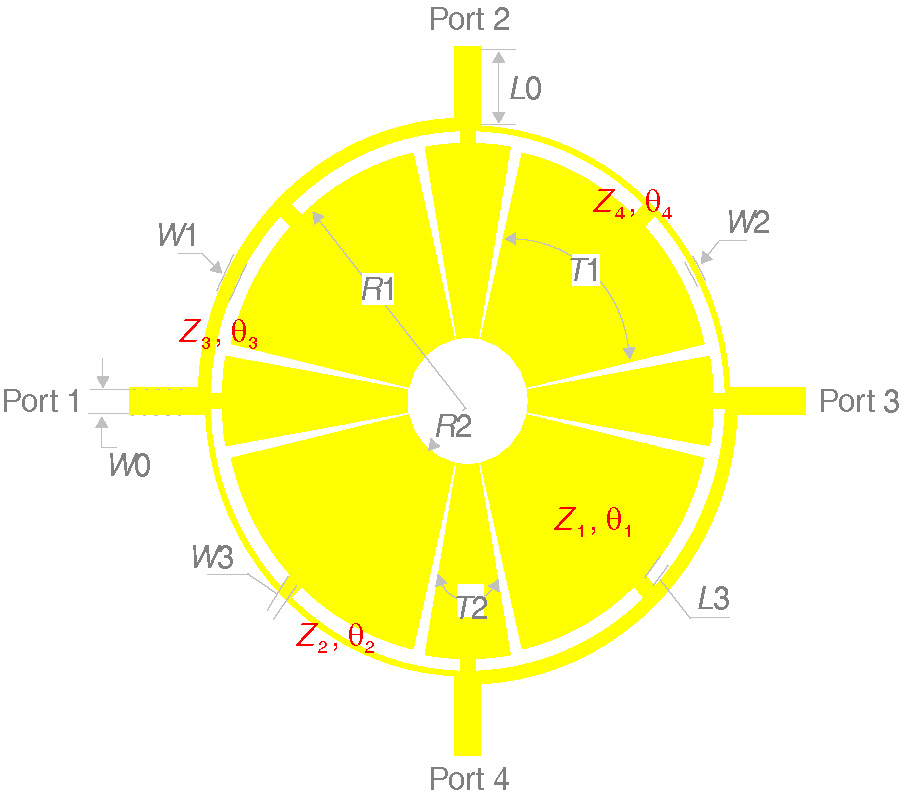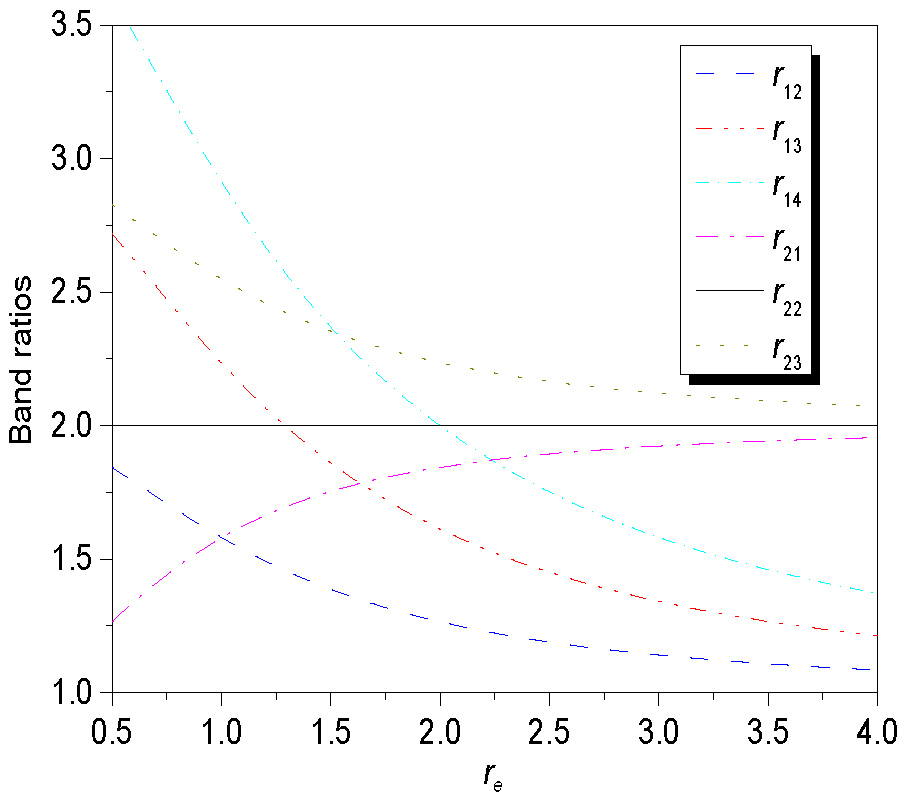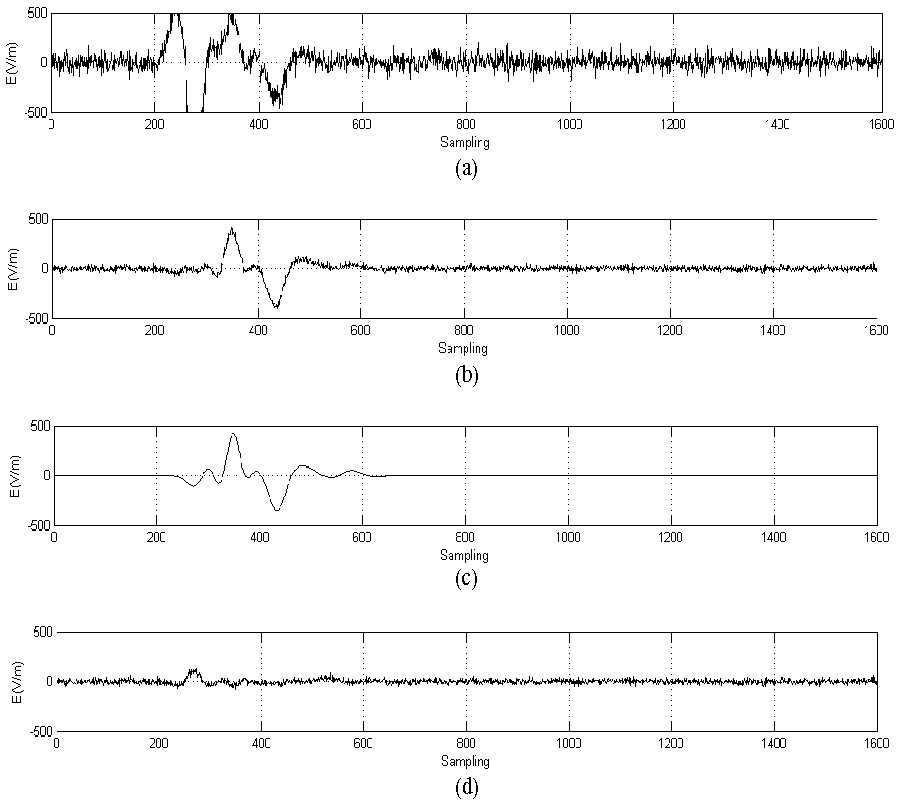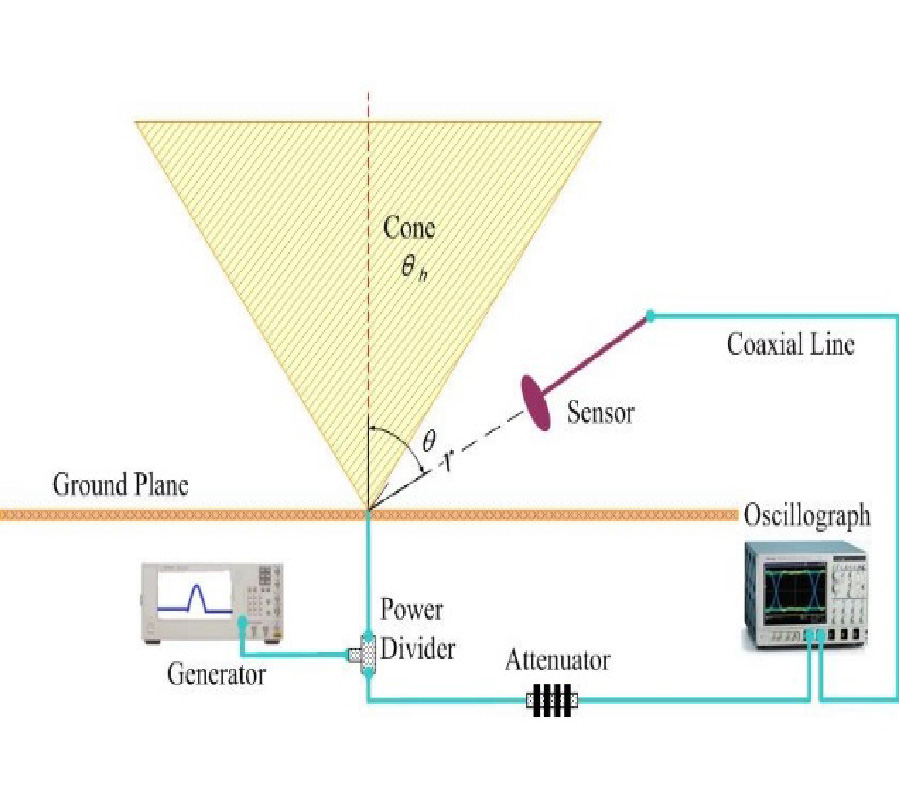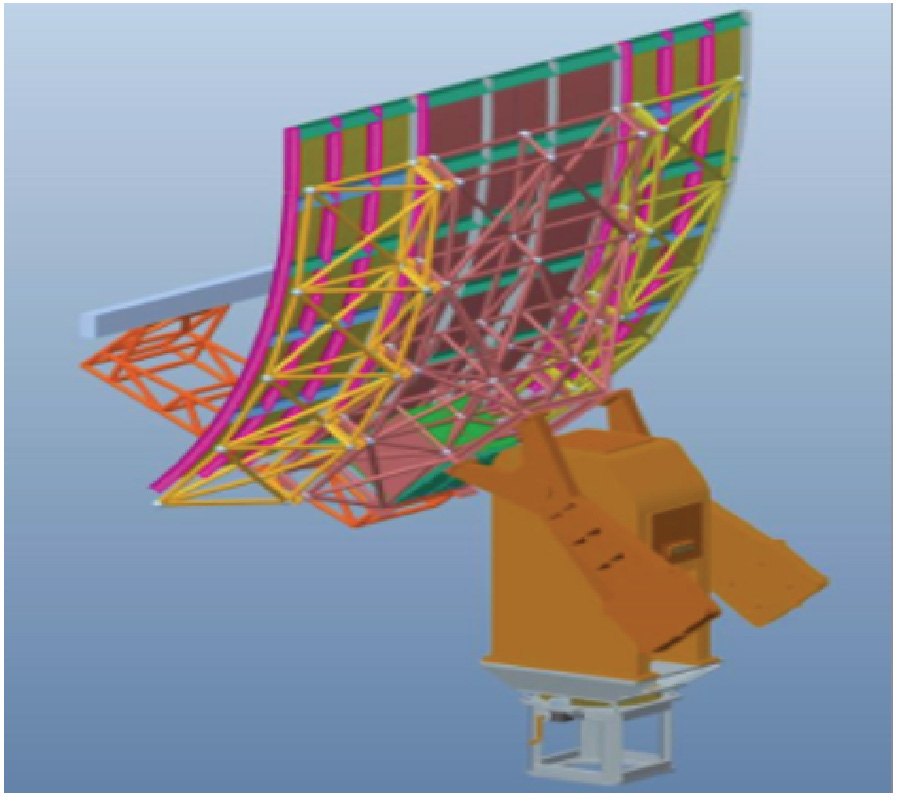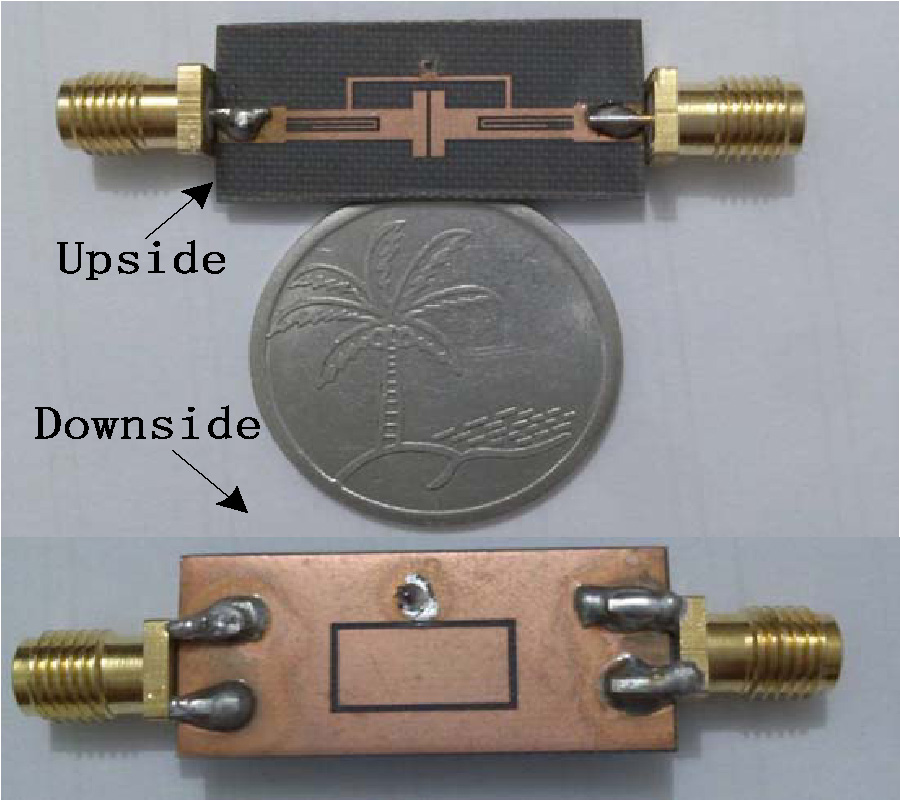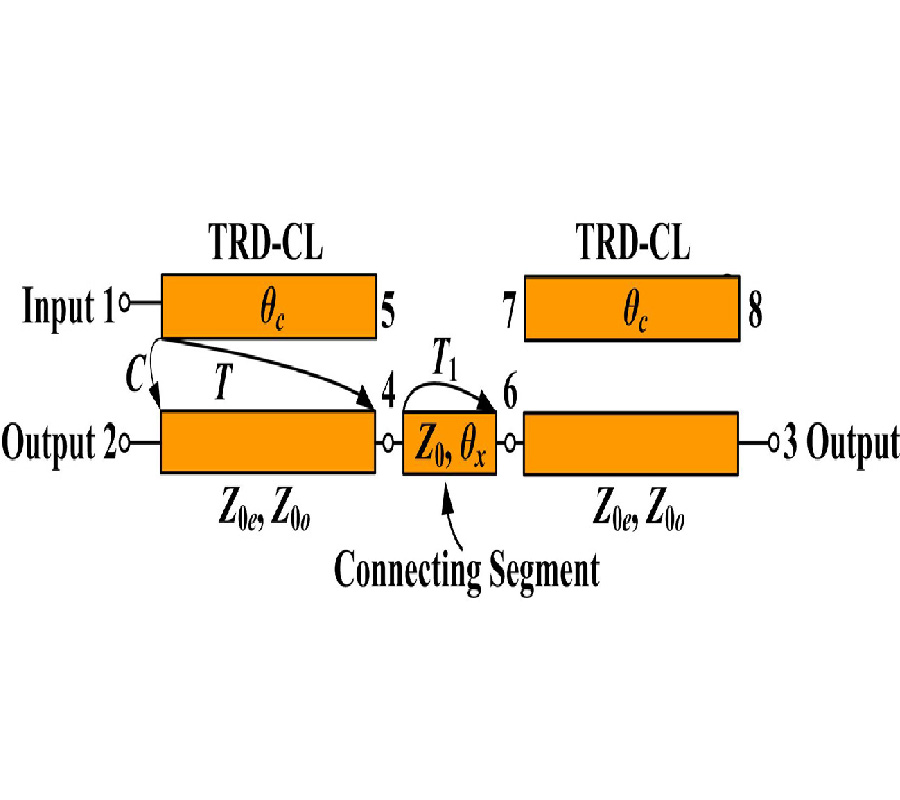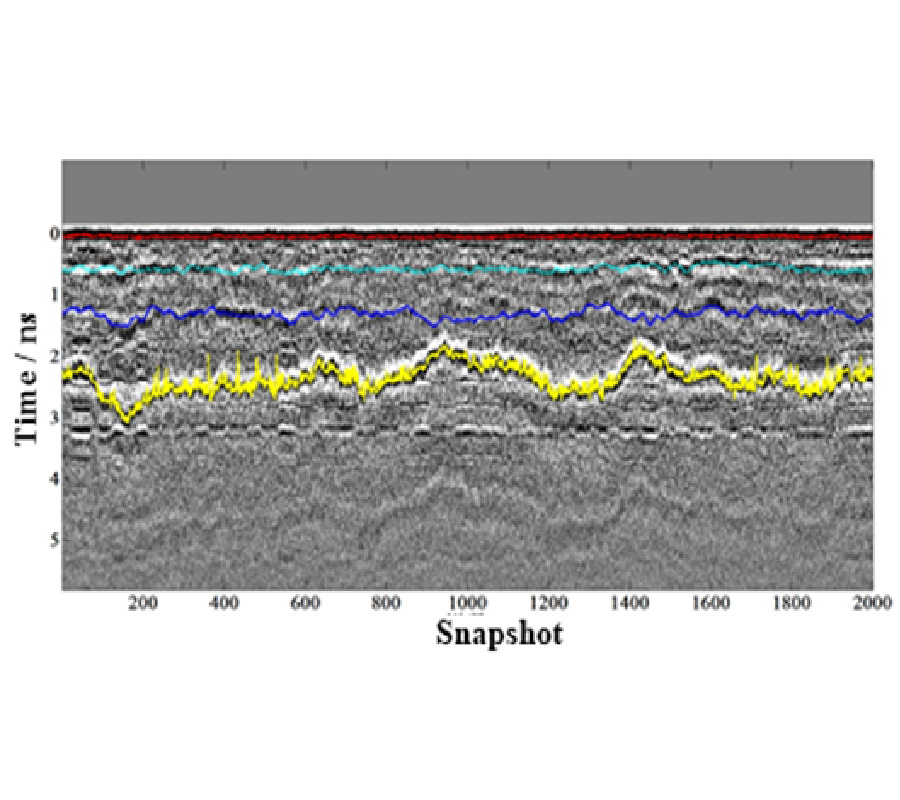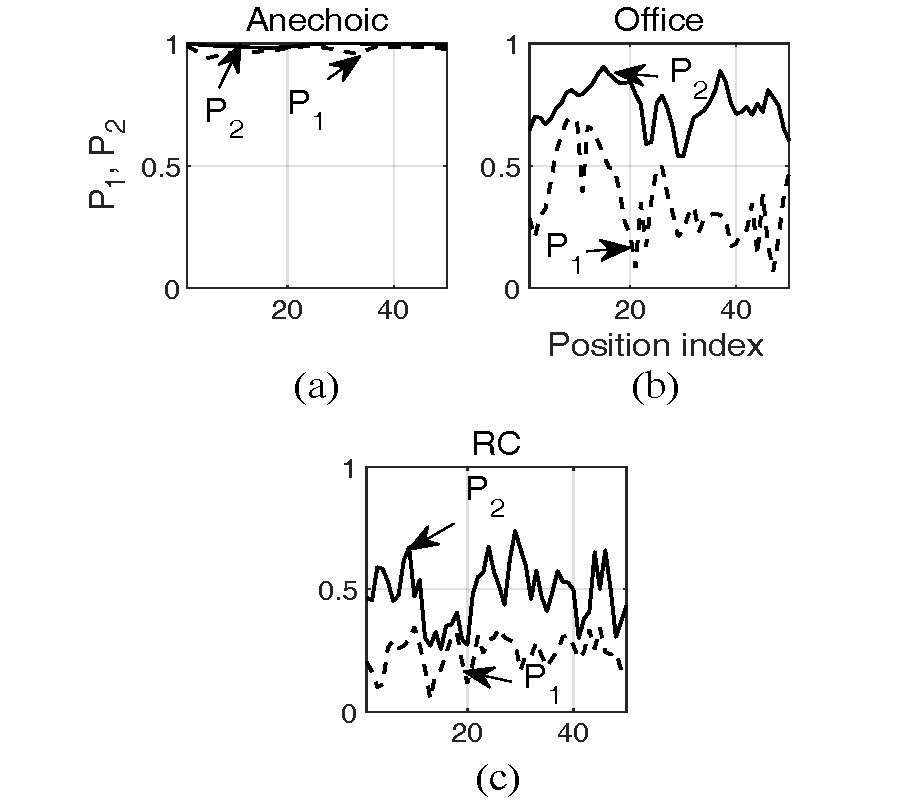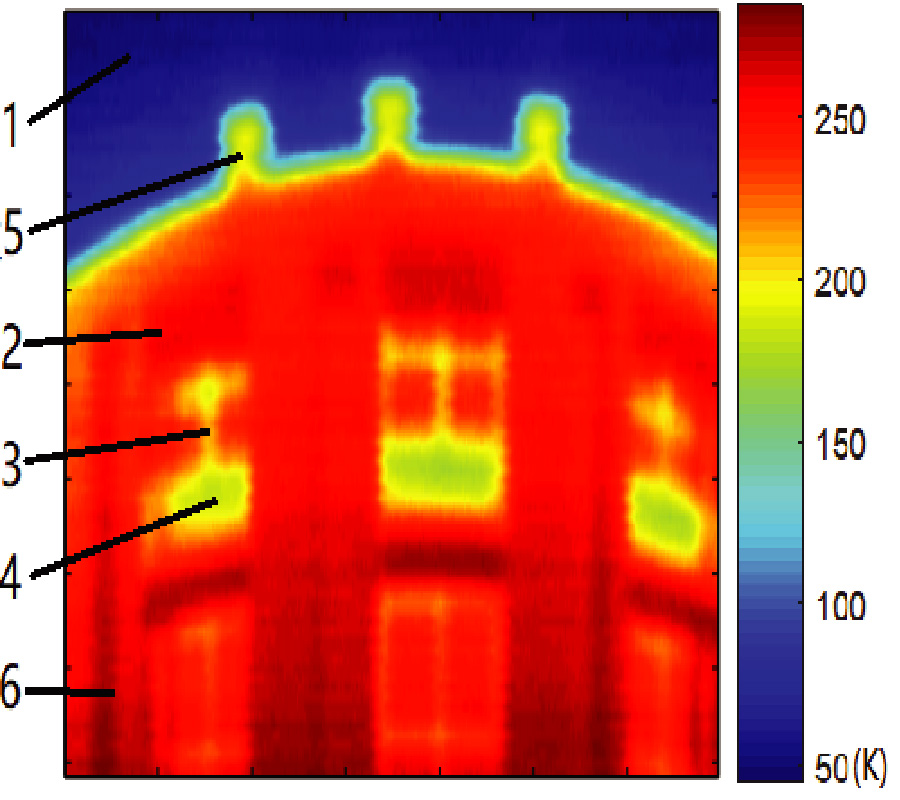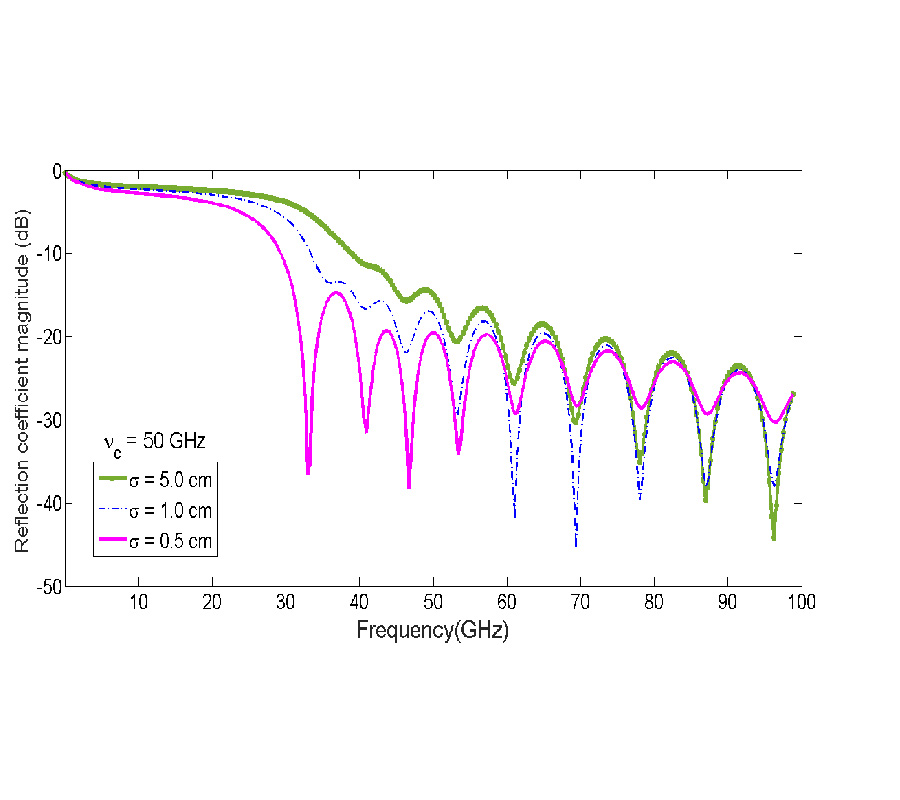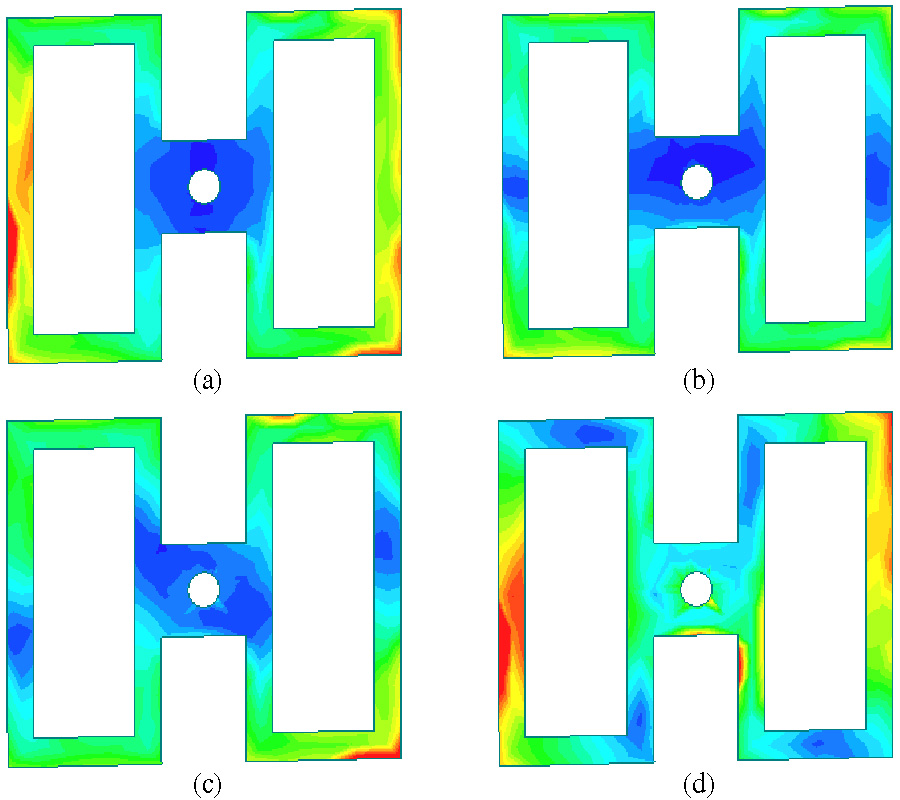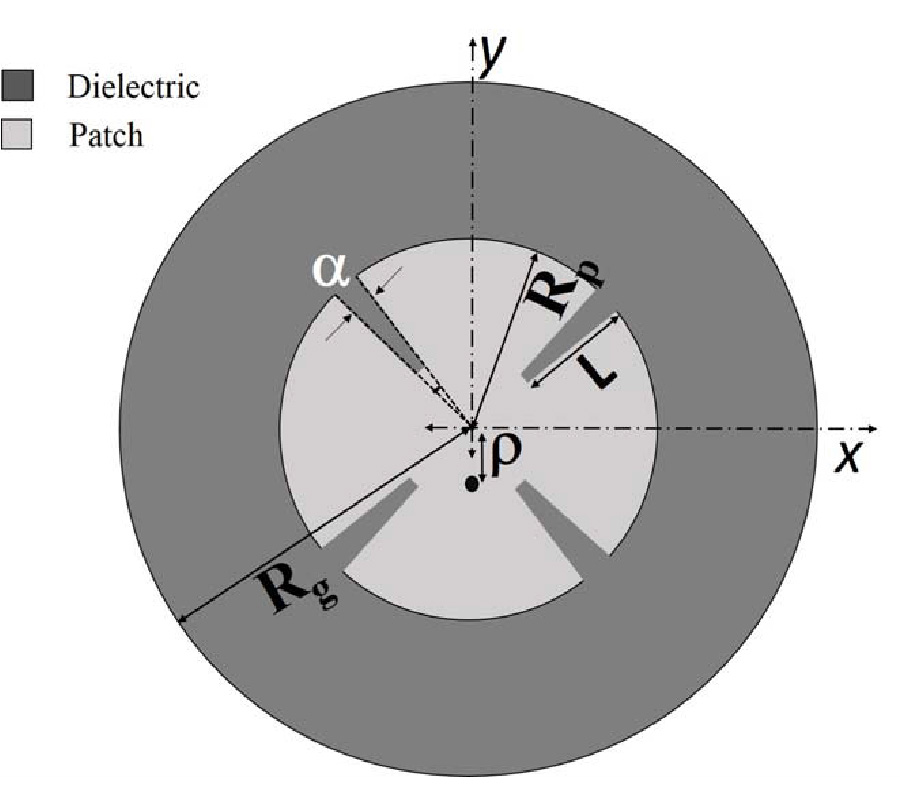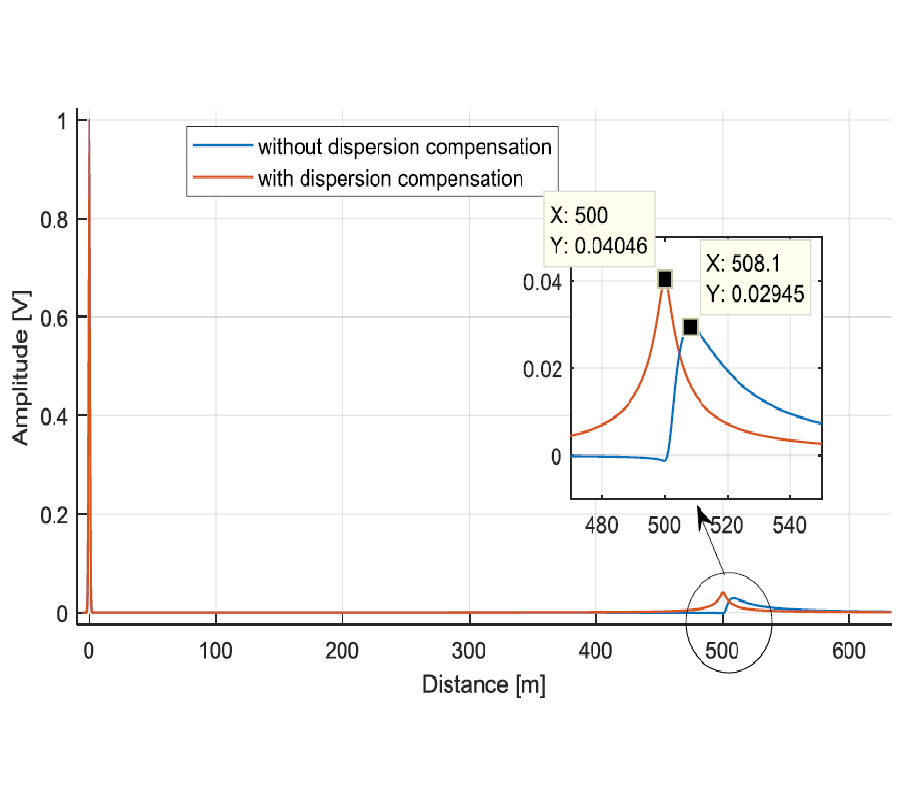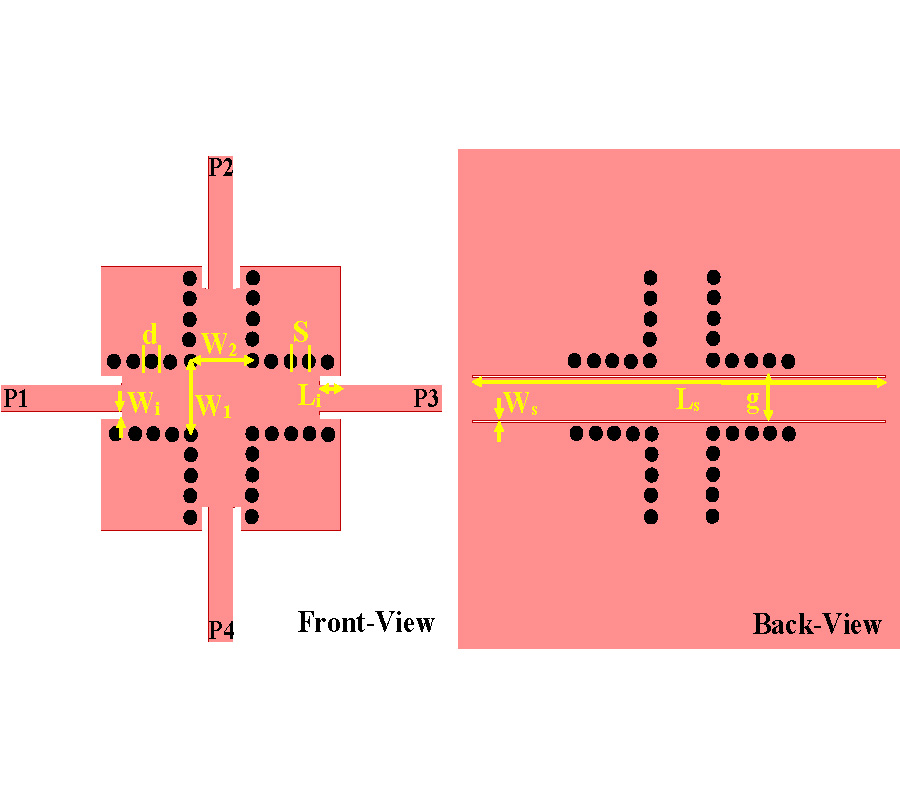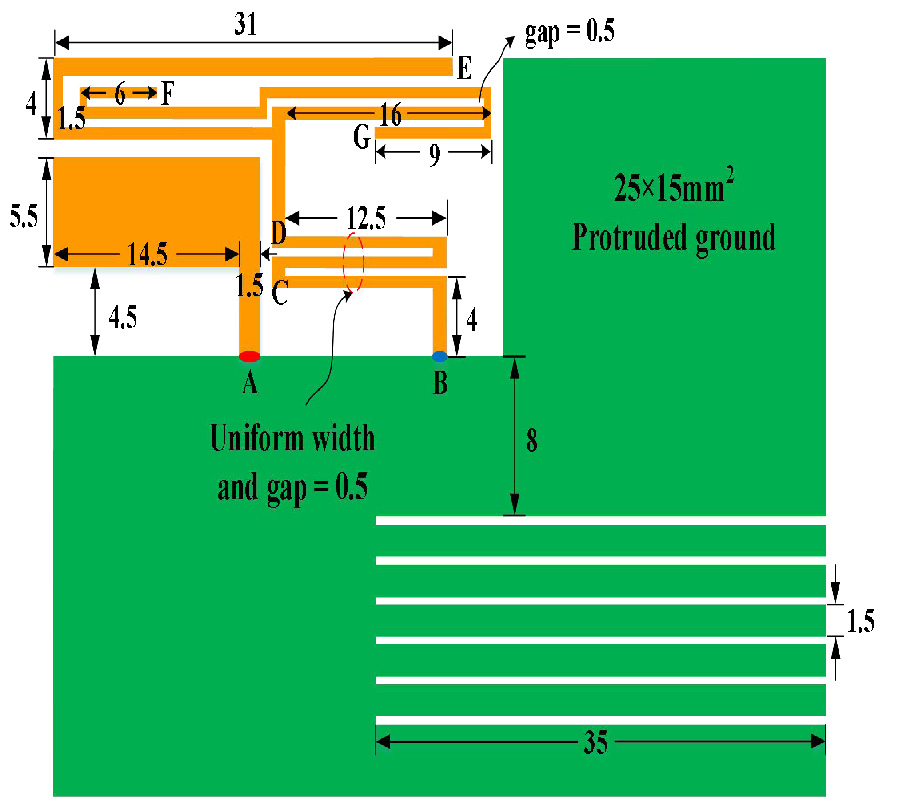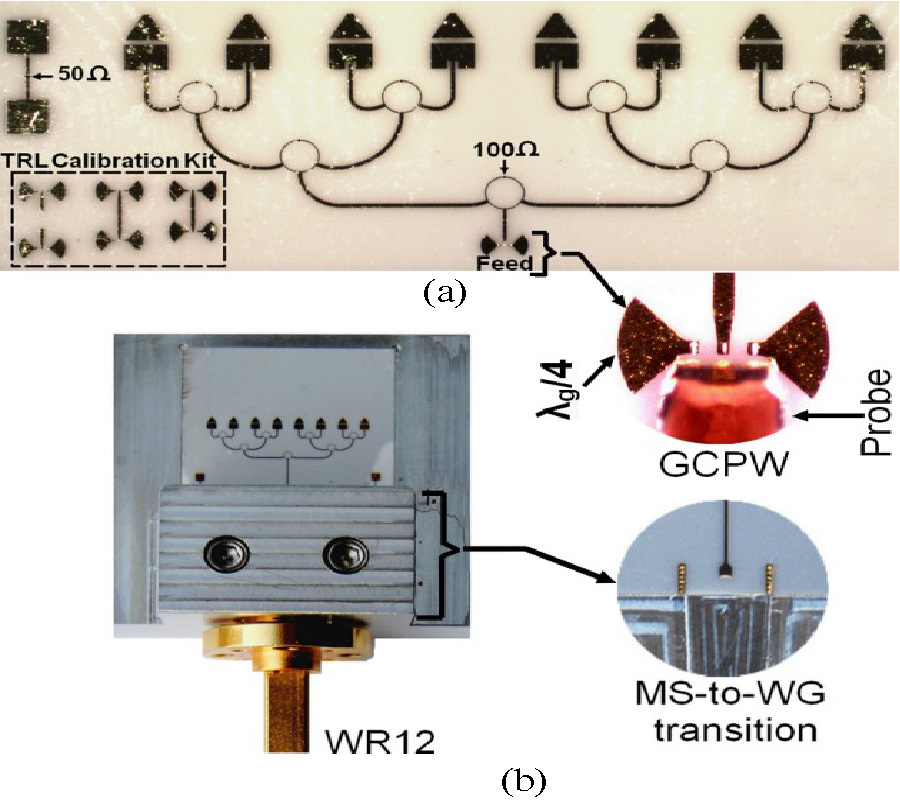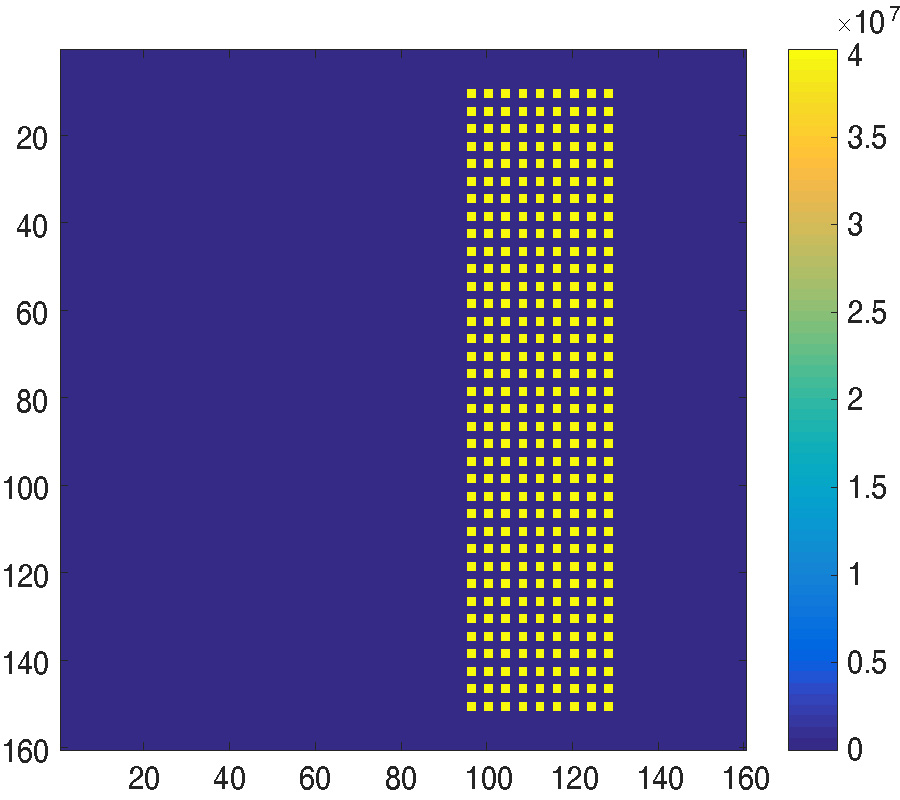Calibration Uncertainty Evaluationof d-Dot Sensors
Fanghong Huang,
Youjie Yan,
Jin Chen,
Zhen Liu and
Binwen Wang
D-dot sensor is a type of differential sensor that is widely used in the measurement of ultra-wide band (UWB) pulse electric field. The output of the sensor needs to be integrated to rebuild the original electric field. According to the methods of integration, the measurement system based on D-dot sensor can be classified into software integral D-dot measurement (SIDM) system and hardware integral D-dot measurement (HIDM) system. For an SIDM system, the accuracy of calibration, which is influenced by the integral error of the recovery signal, unfortunately, remains an impediment to its practical application. In this paper, a calibration uncertainty evaluation method based on a standard field generating equipment of time-domain electromagnetic pulse is investigated. The level of the integral error is determined by constructing a noise model using the calibration method. In the process of modeling, the characteristics of the background noise are analyzed first. Additionally, a random signal model taking background noise into account is built, and the integral value of the background noise is derived. Moreover, the integral error model is verified by a statistical method using tested data. After modeling, the uncertainty of the equivalent area for a real D-dot sensor in a software integral system and the methods for reducing the uncertainty are illustrated according to the integral error model.
